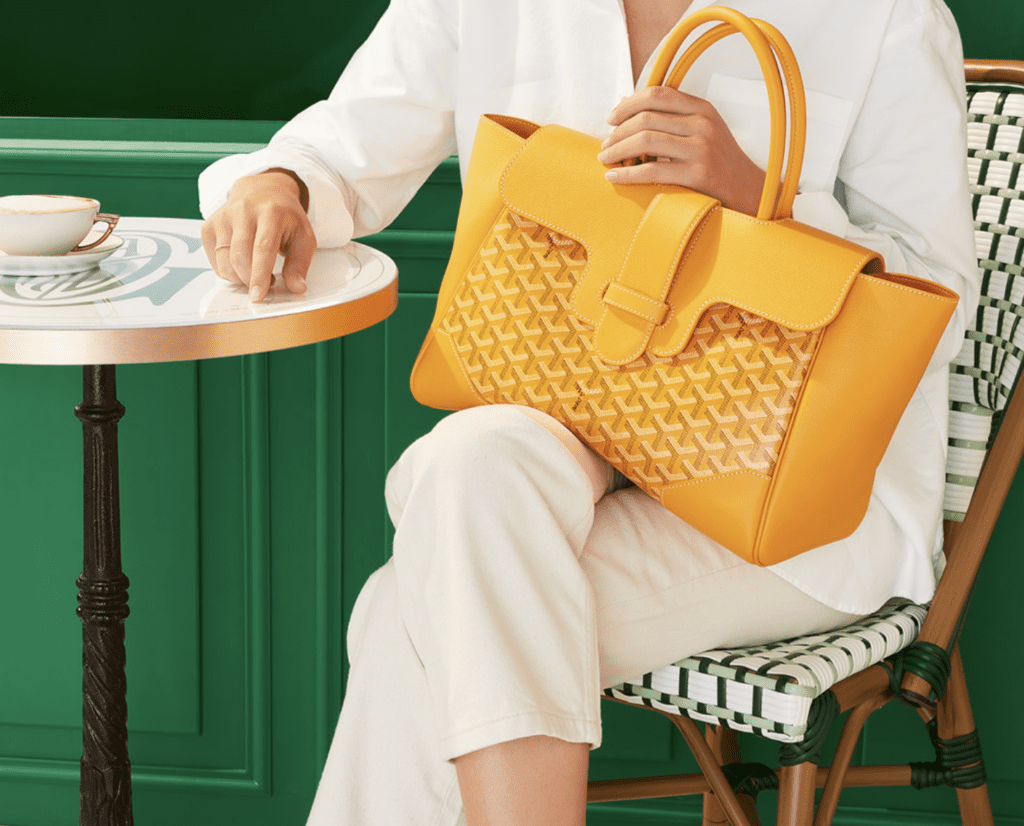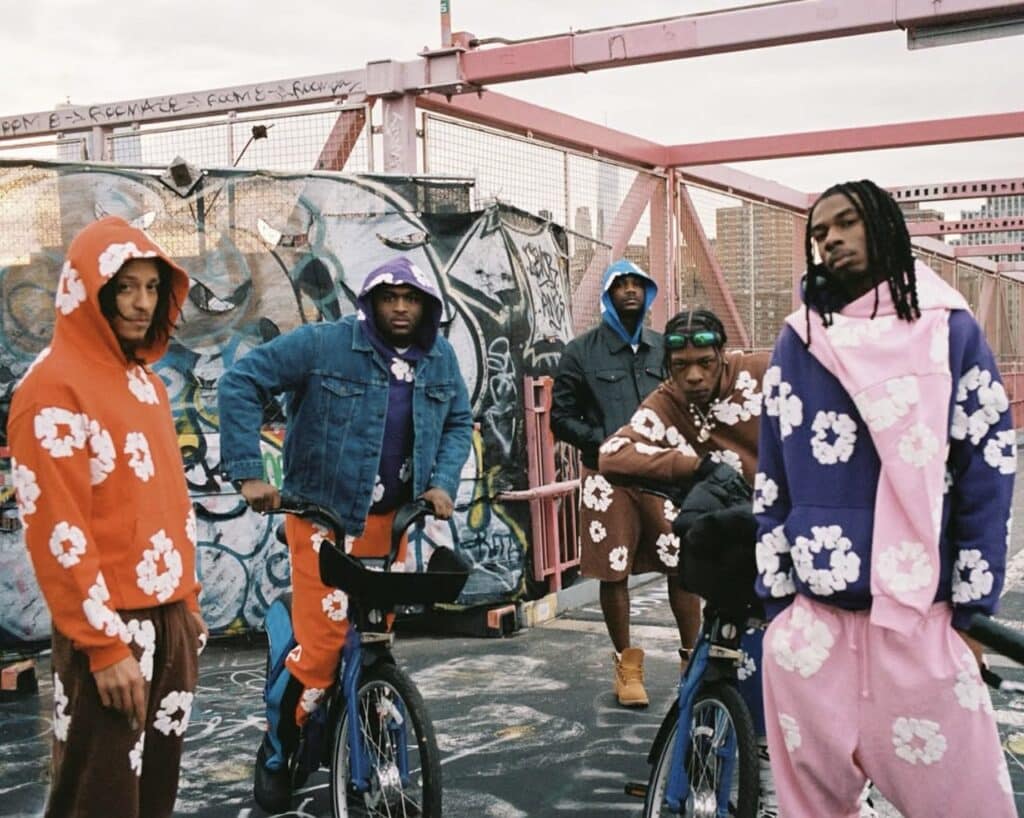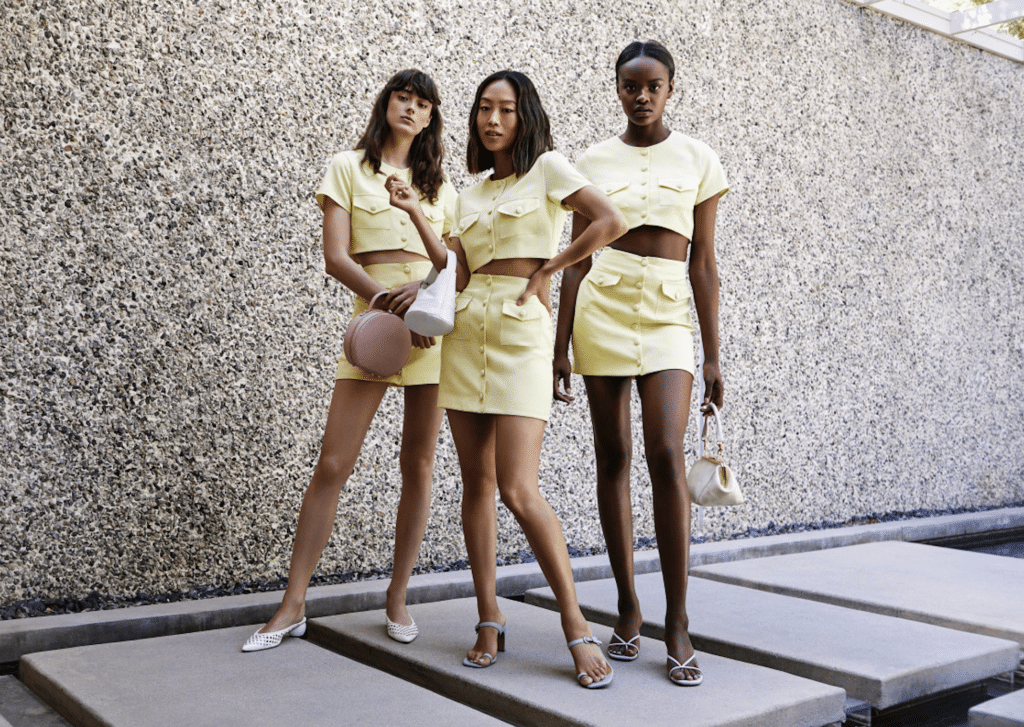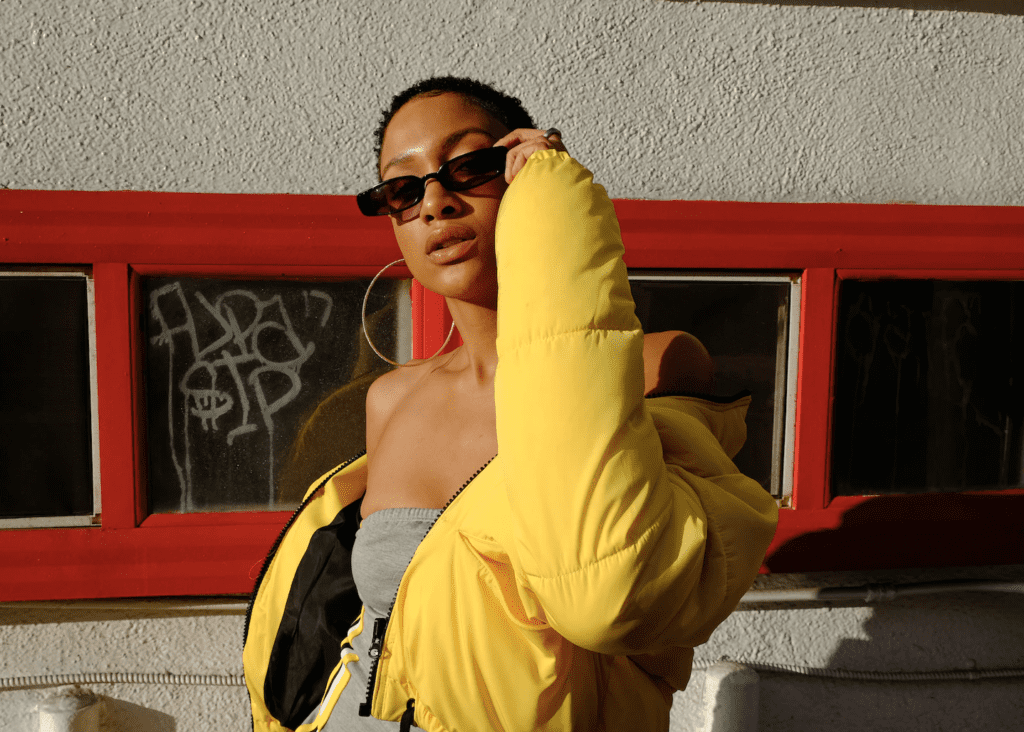The friction between luxury fashion brands and the customization of their products continues to unfold in the lawsuit that pits Goyard against the Shoe Surgeon. In the headline-making case – which was filed with the U.S. District Court for the Central District of California in June – the French luxury goods brand accuses the cult-followed sneaker customizer and its founder Dominic Chambrone (collectively, the “Shoe Surgeon” or the “defendants”) of trademark infringement for allegedly making authorized use of its iconic Goyardine canvas by incorporating the trademark-bearing canvas into custom sneaker designs.
Setting the stage in the answer that it lodged with the court on September 13, as first reported by TFL, the Shoe Surgeon admits that Goyard has not granted it an express license to use Goyard intellectual property, including its name and trademark-bearing textiles. However, the defendants argue that no such license or permission is required for it to “truthfully claim to customize shoes with ‘authentic’ Goyard canvas material,” particularly as “the clients for whom [it has] customized shoes with authentic Goyard fabric and others viewing those shoes are not confused about any connection with Goyard, the bag maker.”
The Shoe Surgeon argues that such an alleged lack of confusion on the part of consumers as to the source and/or nature of the customized sneakers is helped, in part, by disclaimer-centric language that appear on its website and the absence of any claims by the Shoe Surgeon that it is authorized by or affiliated with Goyard.
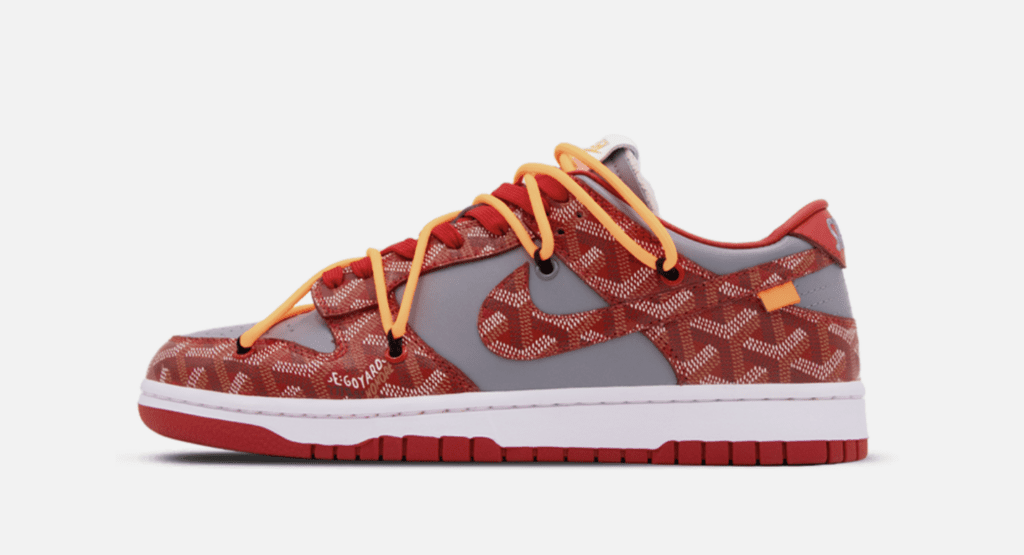
In addition to highlighting the alleged lack of confusion, the Shoe Surgeon sheds light on some of the defenses that it claims weigh in its favor, putting forth an array of affirmative defenses in its answer, including non-commercial use, fair use, and the first sale doctrine. While still in the early stages, the lawsuit – and the Shoe Surgeon’s defenses, in particular – offer a glimpse into how modern customization companies are navigating the legal tightrope between creativity and corporate branding rights.
Non-Commercial Use: One of the key defenses set out by the Shoe Surgeon comes in the form of non-commercial use, with the defendants arguing that their customizations are less of a traditional commercial activity than an artistic service provided to individual clients. The “[d]efendants’ alleged use of any Goyard fabric was artistic and non-commercial, providing a customization/personalization service sought by a relatively small number of customers … for their own personal use and enjoyment.” They further clarify that the Goyard fabric was only used “for its artistic, non-commercial meaning to enhance the aesthetic qualities of a shoe that was effectively already owned by the consumer.”
The defendants’ non-commercial use defense hinges on the premise that these customizations are not meant for widespread sale or distribution, and instead, are the result of bespoke services meant to create one-of-a-kind pieces that do not compete with Goyard’s own commercial activities. By framing their actions as non-commercial, the defendants are looking to sidestep infringement liability, which requires the unauthorized use of another’s trademark in commerce in connection with the sale or advertising of goods or services.
> If this sounds familiar, this same model was at the center of a case that Rolex waged against an unnamed watch customizer (presumably, Artisans de Genève). In a decision earlier this year, the Swiss Federal Supreme Court found that the unauthorized use of Rolex trademarks by that independent atelier offering watch customization services at the request of customers for private use – as distinct from more traditional manufacture and/or sale of watches – is legally above-board.
Fair Use Argument: The Shoe Surgeon also raises a fair use argument, citing Section 33(b)(4) of the Lanham Act, which allows for the use of trademark to describe the goods or services offered by another party, provided it is done in good faith and without the intent to mislead consumers. In its defense, the Shoe Surgeon maintains that it uses the Goyard name merely to describe the materials incorporated into its custom designs, arguing that such use of the Goyard trademark “is descriptive of and used fairly and in good faith only to describe the goods or services of such party.”
The Shoe Surgeon specifically asserts that such use of the Goyard work mark “is used … only to describe the goods or services of such party.” When the Shoe Surgeon uses fabric sourced from authentic Goyard bags to customize sneakers, it uses the term “Goyard” to identify the source of the material, not to imply that the sneakers are, in fact, Goyard products. In other words, the defendants contend that their reference to the “Goyard” fabric is purely factual and serves to inform customers about the nature and authenticity of the material being used.
It is worth noting that earlier in the filing, the Shoe Surgeon makes a distinction between the sneakers at play and the services that it is offering, admitting that it “has truthfully claimed to customize shoes with authentic Goyard canvas material” and denying that it has used the term “Goyard” to “identify the [allegedly infringing] products, as opposed to the fabric used to customize [them].”
The First Sale Doctrine: Still yet, another key affirmative defense cited by the Shoe Surgeon stems from the first sale doctrine, which generally allows for the resale of a trademark-bearing item after it has been released into the market by the trademark owner, even if the subsequent sale is done without the trademark owner’s consent. The Shoe Surgeon claims that it purchased “several Goyard bags directly from Goyard to obtain the authentic fabric used for [its] customized shoes” (and that it “has provided the receipts for those bags to [Goyard], reflecting that the canvas material used was, in fact, genuine.”) It further says that Goyard “does not sell bags … subject to any limitations as to how the purchaser may re-use or re-purpose the fabric they contain.”
As such, the Shoe Surgeon maintains that it should be shielded from the claims in Goyard’s lawsuit since its “accused customization services [are] performed using authentic Goyard bags purchased directly from Goyard” and thus, “amount to a resale and/or use by the first purchaser.”
The case is Goyard St-Honore v. S2, Inc., et al., 2:24-cv-04903 (C.D. Cal.)







